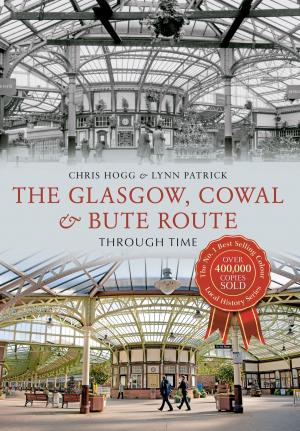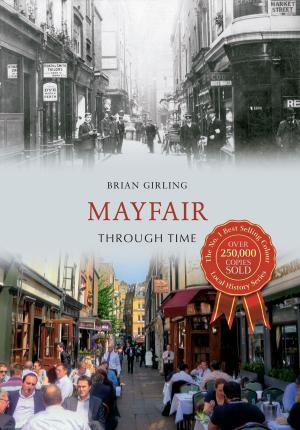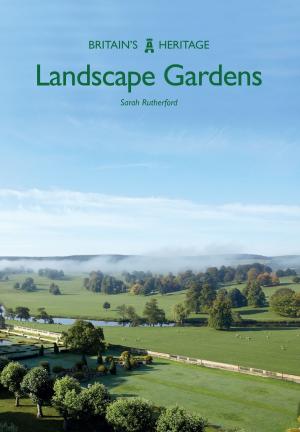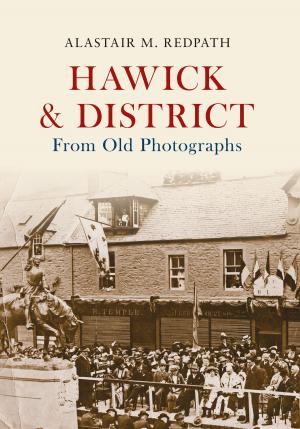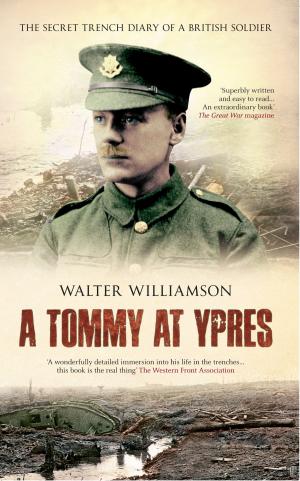| Author: | Jean & John Bradburn | ISBN: | 9781445638812 |
| Publisher: | Amberley Publishing | Publication: | October 15, 2014 |
| Imprint: | Amberley Publishing | Language: | English |
| Author: | Jean & John Bradburn |
| ISBN: | 9781445638812 |
| Publisher: | Amberley Publishing |
| Publication: | October 15, 2014 |
| Imprint: | Amberley Publishing |
| Language: | English |
Runcorn’s position on the Mersey was identified as early as 915, by the Saxon princess Ethelfleda. The fort was built at Castle Rock in order to defend against the Danish invaders. The site, known as Castle Rock, is just where the railway bridge now spans the river. Prosperity first came to Runcorn with the building of the Bridgewater Canal, which was completed in 1776; the start of Runcorn as an industrial town. Heavy industry, such as soap and alkali works, soon moved in, as did major transportation links, including the Bridgewater Canal. Runcorn’s history began with the Saxon settlement, and settlers have been arriving since. The Normans came, followed by the boatmen, the workers in the quarries and chemical works, and finally the residents of New Town, which permanently changed the look of the town. Runcorn has coped with change for the past 1,100 years, but has never lost its distinctive character.
Runcorn’s position on the Mersey was identified as early as 915, by the Saxon princess Ethelfleda. The fort was built at Castle Rock in order to defend against the Danish invaders. The site, known as Castle Rock, is just where the railway bridge now spans the river. Prosperity first came to Runcorn with the building of the Bridgewater Canal, which was completed in 1776; the start of Runcorn as an industrial town. Heavy industry, such as soap and alkali works, soon moved in, as did major transportation links, including the Bridgewater Canal. Runcorn’s history began with the Saxon settlement, and settlers have been arriving since. The Normans came, followed by the boatmen, the workers in the quarries and chemical works, and finally the residents of New Town, which permanently changed the look of the town. Runcorn has coped with change for the past 1,100 years, but has never lost its distinctive character.



